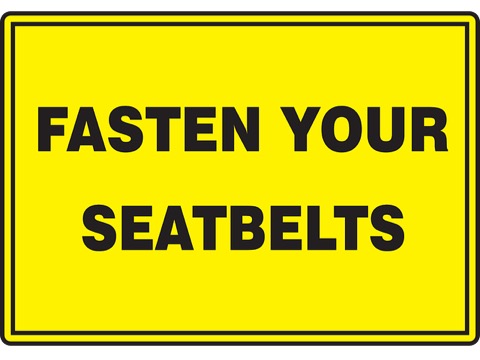If we’ve learned anything in recent years, it’s that the world – and the marketplace – can shift on a dime. Every business should step back and take stock regularly, because “business as usual”? That’s not a thing anymore. For more on this, take a look at “Forget the Funnel.“
Beginning in 2020, business owners were anxious and uncertain about what COVID-19 would do to their livelihood. Now, many are feeling that same unease under our new administration. Government guidance on the economy has been vague at best, and there’s no clear direction on what the months ahead will bring. Everyone’s still asking the same question: What does “normal” even look like now?
With the future fuzzy, a lot of companies haven’t kept in consistent contact with their customers. To be fair, not everyone’s felt the sting yet. Some are just starting to see the impact hit their bottom line, while others are scrambling to pivot – raising prices, cutting services, or in the most heartbreaking cases, closing up shop. Through it all, there’s one big challenge: How do you make necessary changes without sounding desperate (“Please keep buying our stuff!”) or totally tone-deaf by ignoring the state of the world?
Here’s the thing: You can still nurture your customer relationships, and maybe even strengthen them, while keeping your business afloat.
There are three things every business should be doing right now:
1. Reconnect with your customers and prospects
2. Use this moment to make thoughtful, innovative changes
3. Lead with hope and clarity – not fear and confusion
Yes, things have slowed in some sectors. But that doesn’t mean you have to sit still. Instead, show up in a way that’s supportive, transparent, and human.
Here’s how:
Connect:
Figure out the best way to reach out to your client or customer base. That could entail sending out a simple survey asking what products or services matter most right now. Ask your customers what they need most as the economy shifts – then actually act on it. That might mean launching a newsletter or a helpful email series with tips, updates, or ideas they can use. The goal? Keep your brand present without being pushy.
Ask what your customers need most as the economy shifts – then, act on that – which leads into the next action step below. Show them you’ve heard them and you care. That might look like creating a newsletter or series of emails that shares helpful info, ideas, or timely updates. Keep your brand present without being pushy.
If you’re able, offer a loyalty discount or value-added service. If you’re not, be honest about why, and let them know what you are doing to stay accessible and fair. These action items overlap with this:
Re-evaluate Your Brand
Once you’ve evaluated customer feedback, do the heavy lifting. Look at how you can adapt and improve, not just what you sell, but how you do business moving forward. Do your priorities or processes need to shift? Are some products or services no longer as relevant as they once were?
This is the time to get honest about what still fits. Could be your audience needs more basics right now and they’re rethinking how and where they spend. Lean into those insights.
Incorporate New Marketing
If your goals are changing, your messaging needs to as well. Re-evaluate your digital presence – your logo, website, social media, and other marketing materials. Does it still reflect who you are and what you stand for? Or is it time for a refresh? Keep this in mind as you plan that newsletter, email series, or any action item in response to what you’ve learned.
Many small businesses are still leaning on e-commerce because it’s more affordable than a storefront. Be sure your website makes buying easy, and that your content reflects what your audience cares about at this moment. For example, are they shifting toward more sustainable goods, even if they cost a little more but last longer? Are they cooking at home more than eating out?
If there’s a silver lining to all this upheaval – pandemics, political shifts, economic uncertainty – it might be this:
Sometimes it takes a crisis to shake us out of complacency. To help us see more clearly. To reconnect us with what actually matters.
Now’s the time to adapt not just for your bottom line, but for the common good. Staying connected isn’t optional anymore, it’s essential. And at this moment, it’s going to take more than a village.
This time, it’s global.

